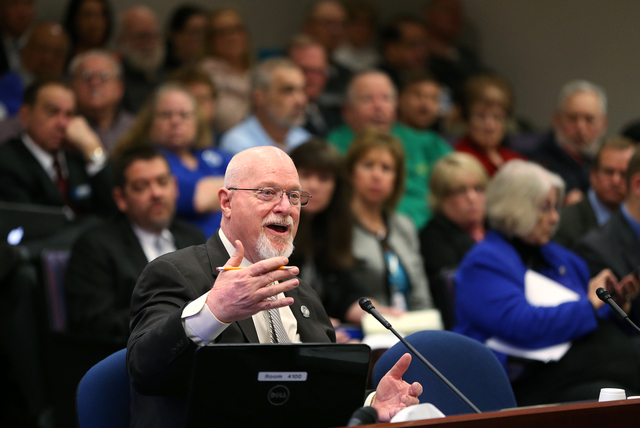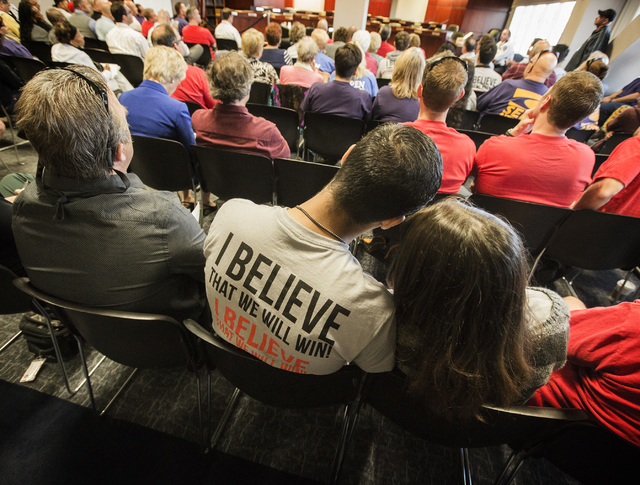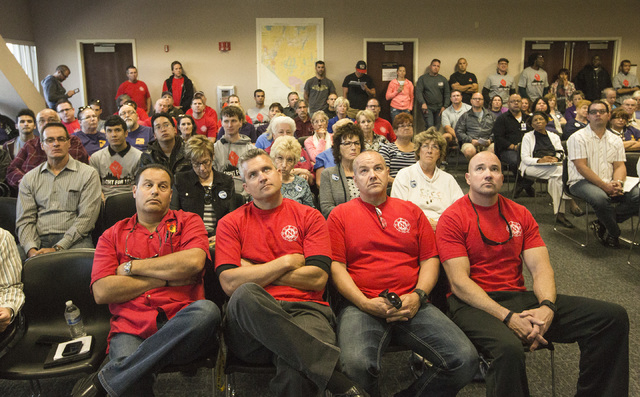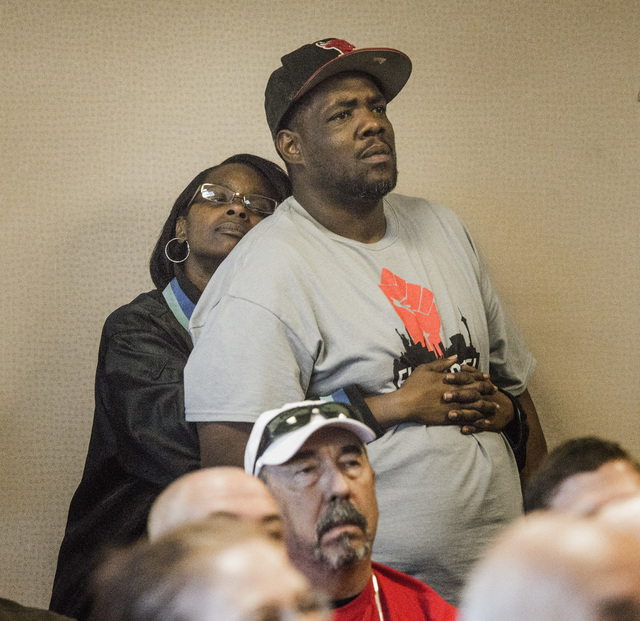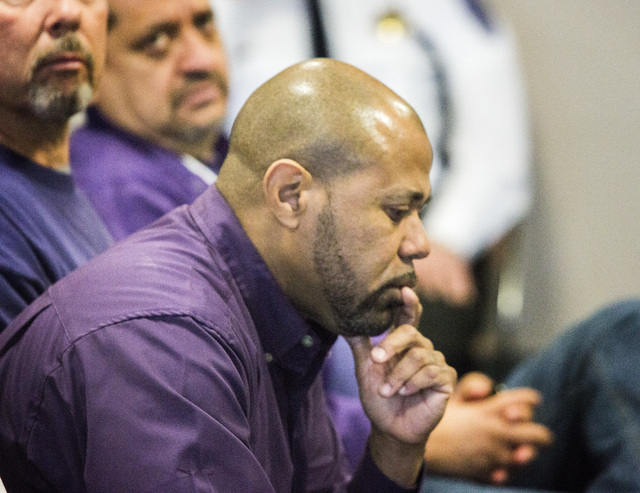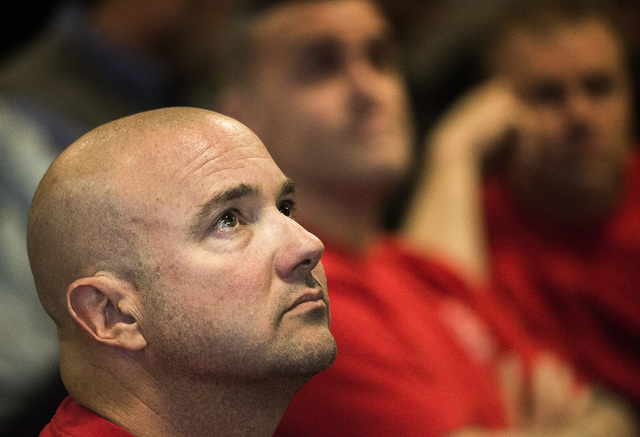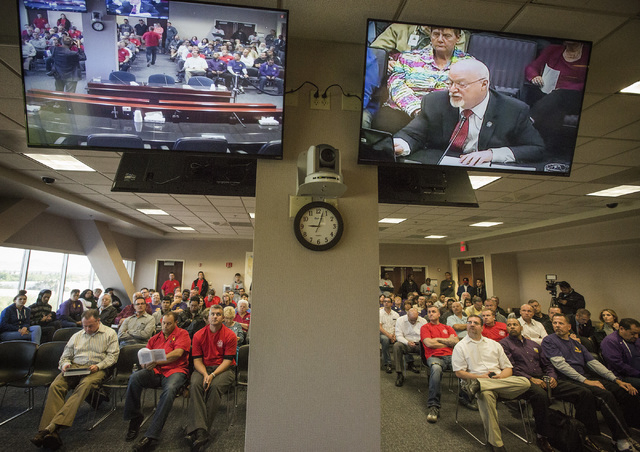PERS reform bill author touts alternative to pensions
CARSON CITY — A state lawmaker pushing for major changes to the state public employee retirement plan told a committee Wednesday that long-term workers would do better under his proposal than with the current defined-benefit pension plan.
Assemblyman Randy Kirner, R-Reno, testified in support of his Assembly Bill 190 in front of the Ways and Means Committee. The bill would establish a new hybrid retirement plan for public employees hired as of July 1, 2016.
The bill is fiercely opposed by public employee groups who argue the existing Public Employees Retirement System plan is well-managed and does not need to be changed.
Tina Leiss, executive officer of PERS, has also raised several policy and fiscal concerns with the bill.
Kirner’s plan would continue the existing Public Employees Retirement System pension plan for current workers. But new hires would shift to a plan that has a smaller defined-benefit pension combined with a new and larger defined- contribution plan.
Kirner said the existing $12.5 billion unfunded liability for the PERS plan should be a concern to lawmakers and taxpayers. The shift to the new hybrid plan would end any growth in the unfunded liability, which would still have to be paid off over time as part of his plan. A defined-contribution plan creates no taxpayer liability.
“Pension reform is a nonpartisan issue,” Kirner said. “This is really a math problem.”
The marathon hearing lasted nearly five hours. No immediate action was taken on the measure.
Kirner’s proposal would do away with the purchase of retirement credit, known as “air time.” It would set the retirement age for public employees as the same as under Social Security. For police and firefighters, the retirement age would be 10 years below Social Security retirement age.
To demonstrate the benefits of his proposal, Kirner brought Anthony Randazzo, director of economic research for the Reason Foundation, to testify on the bill.
In his analysis, Randazzo showed that a regular public employee retiring at age 62 after starting work at age 25 would receive 72 percent of pay as a retirement benefit under the current plan. Under AB190, the same worker would receive 79 percent of pay.
The numbers are even higher for police and firefighters, 71 percent compared with 127 percent.
There would also be a benefit to public employers totaling $2.42 billion over 20 years, according to Randazzo’s analysis.
Kirner’s plan would have a 6 percent employer contribution to a defined-benefit plan to account Nevada’s public employees not participating in Social Security. Also, for regular employees there would be a defined-contribution plan with 6 percent contributed by the employer and 6 percent by the employee. There would be another 6 percent employer contribution to go toward reducing the unfunded liability of the existing plan.
A similar plan would be established for police and firefighters.
The contribution levels would be well below the 28 percent required now for regular employees and the 40.5 percent rate for police and fire, Kirner said in his presentation.
Kirner’s bill ran into some trouble earlier this session when a fiscal note of $800 million a year was put on the proposal by PERS staff. The cost was what is estimated to be needed to pay off the existing unfunded liability.
But Utah state Sen. Dan Liljenquist, the architect of a similar change in that state, said there should be no fiscal note on Kirner’s bill. The remaining unfunded liability would be paid off over time, and no fiscal note is needed, he said.
Leiss noted, however, that Utah’s public employees do participate in Social Security, unlike in Nevada. She also said Kirner’s hybrid plan might not qualify as exempt from Social Security based on the details in his bill.
The proposed 6 percent contribution in the bill to retire the long-term unfunded liability is lower than what is being paid now to retire that debt, which is where the large fiscal note comes from, Leiss said.
“I’m not saying you can’t have the conversation moving forward but you have to pay for the unfunded liability,” she said. “This bill does not do that.”
The bill drew testimony in opposition from Clark County, too because of the potential fiscal impact.
Contact Sean Whaley at swhaley@reviewjournal.com or 775-687-3900. Find him on Twitter: @seanw801.




